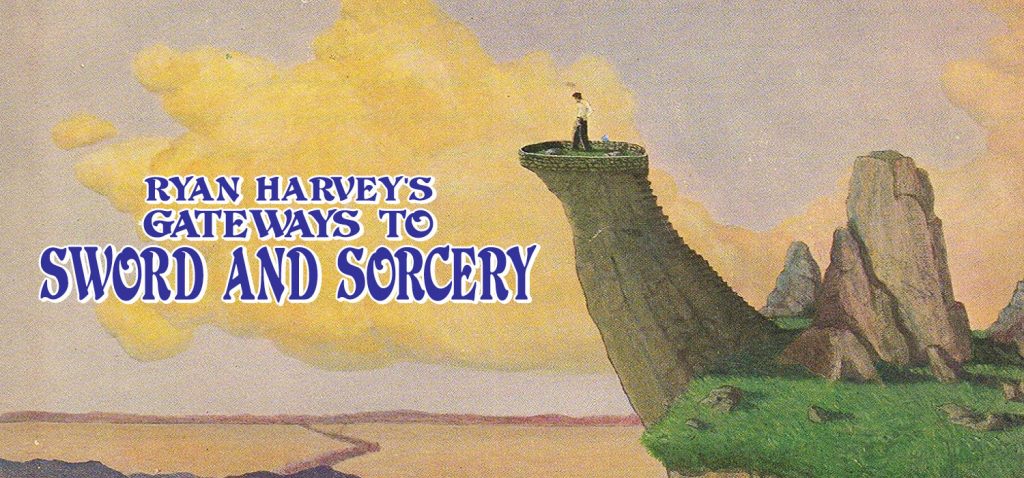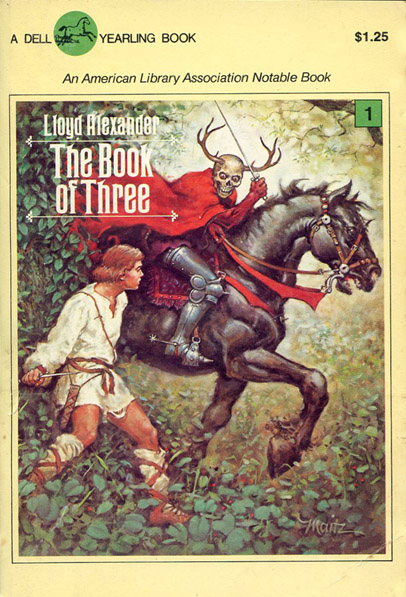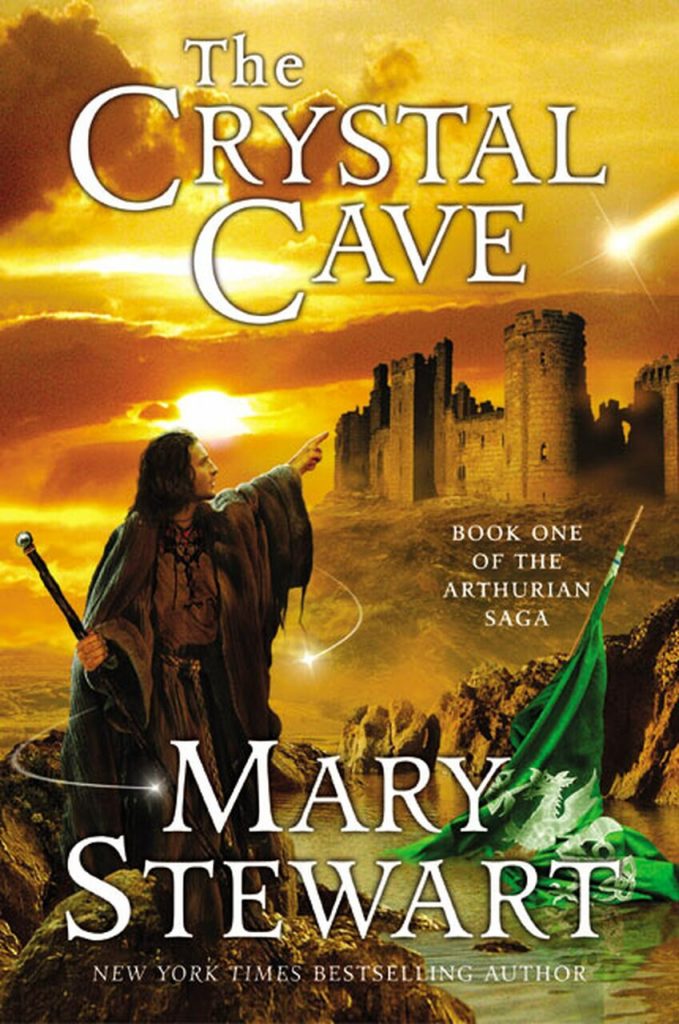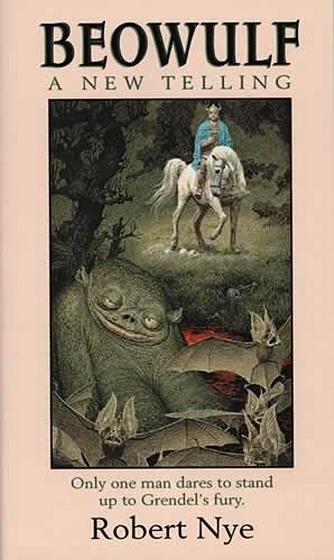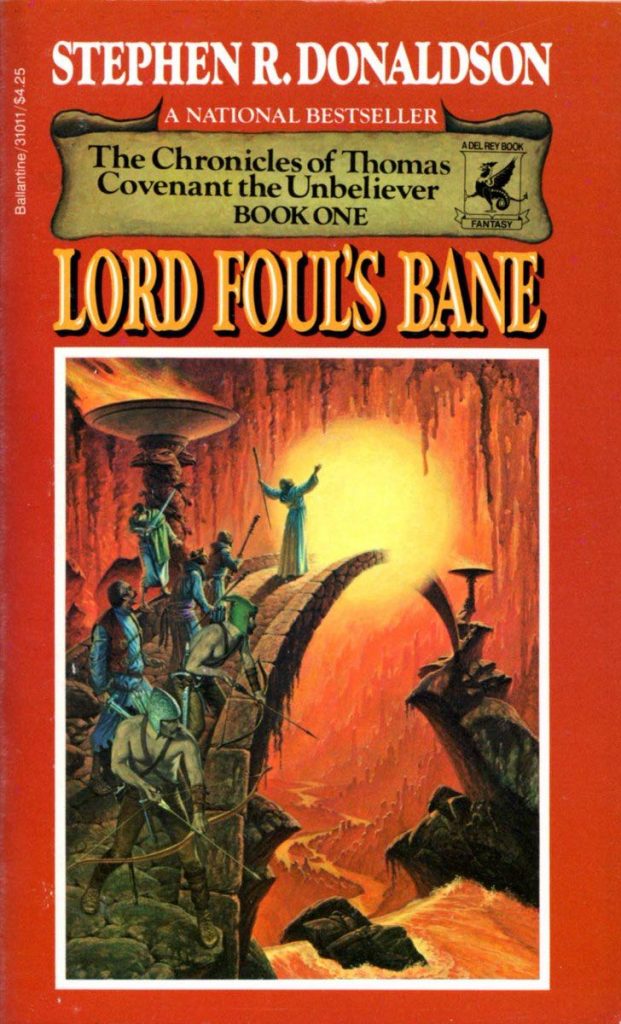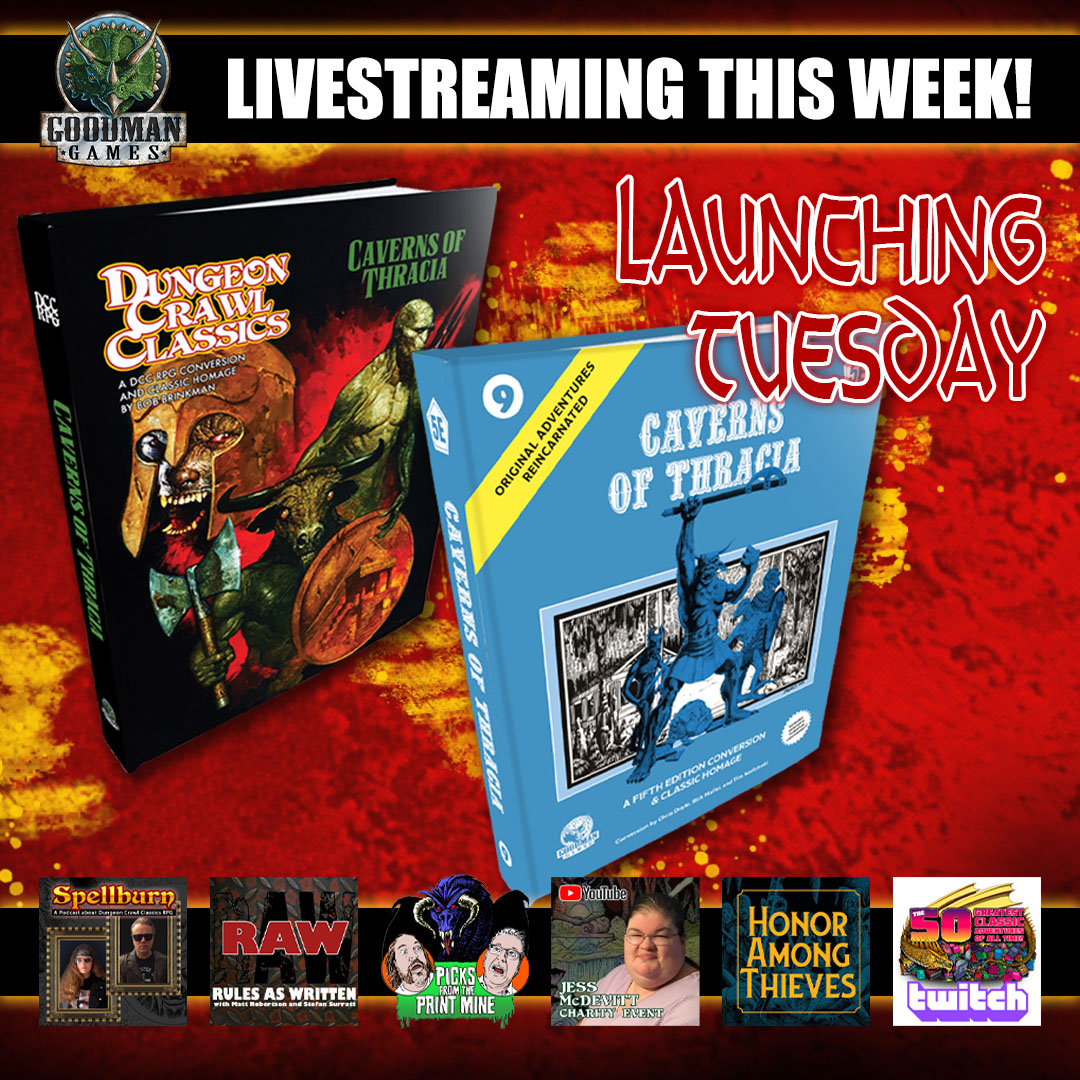Ryan Harvey’s Gateways to Sword-and-Sorcery
by Ryan Harvey
When I say I’m a first-generation Dungeons & Dragons kid, I mean the kid part literally. I was eight years old when D&D reached pop culture recognition at the dawn of the ‘80s. My friends and I were fascinated with the funny dice, the splendid bestiary of monsters, the words that seemed like gibberish (“Electrum”? That can’t be a real thing), and the mayhem that ensued when we tried to play it and the rules instantly fell apart in a flurry of dice rolls and gory descriptions of how we whacked that bugbear’s head off real good.
Since effectively playing the game was beyond an elementary school kid, the modules and the Monster Manual were what most seized my attention. These were the first “fantasy novels” I read, and constitute as much of a gateway to the genre as anything else in childhood. I couldn’t read hefty fantasy novels yet, so The Palace of the Silver Princess and Castle Amber modules took their place.
Away from pouring over lists of dungeon rooms stocked with treasures, traps, displacer beasts, and bags of holding, were several critical works of fantasy that have stayed with me through the years, even the ones I haven’t revisited since childhood:
The Hobbit (1937) by J. R. R. Tolkien
The Hobbit introduced many of us to the concept of a secondary world, and because it leads directly to The Lord of the Rings and therefore to all the rest of fantasy, this is the number one gateway fantasy work. Arguably, it’s the most influential children’s fantasy book ever written. I reread The Hobbit every few years and continue to marvel at Tolkien’s consummate skill at dialogue, his deft hinting at a wider world without distracting from the charm of the main story, and his vivid characterizations of Bilbo, Gandalf, Thórin, and Gollum.
The Prydain Chronicles (1964) by Lloyd Alexander
I read most of the Narnia books at the appropriate age (although to this day I’ve never been able to trudge through more than a few chapters into A Horse and His Boy), but I never loved them because I felt no attachment to Lewis’s young heroes. There was nobody in Narnia like Taran the Assistant Pig-Keeper, whose journey I was thrilled to share through the five books of Lloyd Alexander’s Prydain Chronicles. The Book of Three drew me in with its startling cover image of the Horned King, but it was Taran’s continuing adventures, his education and growth, and the compelling supporting cast around him, that held me through to the end.
The Merlin Novels (1970–83) by Mary Stewart
My image of the world of King Arthur when I was a young child was the moralistic one dressed in storybook colors and drained of blood. I had no interest in it at all. It took reading The Crystal Cave on the recommendation of a teacher to open my mind to the mystery and mysticism of the Matter of Britain. (John Boorman’s Excalibur helped later on; it was first R-rated film I watched in its entirety.) I read all of Mary Stewart’s books about the life of Merlin right in a row, and to this day I’ve never come across an Arthurian fantasy that inflamed my imagination in the same way.
The Egypt Game (1967) by Zilpha Keatley Snyder
This isn’t a fantasy novel but a realistic children’s book about fantasy. Specifically, fantasy roleplaying—almost a decade before anyone knew the letters “RPG.” The story of a group of kids my age coming together to play a complex make-believe game based on Ancient Egypt hit me powerfully in the fourth grade, because it was what I wanted my world of imaginative play to be like. This wasn’t a quick round of “let’s play Star Wars at recess”; it was an immersive, ongoing, and educational experience for its young players. There’s so much I love about Snyder’s book aside from the central game of imagination (her portrayal of children in a working class setting is genuine and empathetic). But the game itself is what entranced me. It made we dream of creating my own “Egypt Game” in the future, even if I had to do it myself on paper.
Beowulf: A New Telling (1968) by Robert Nye
The elementary school book fair was a world of marvels, and one year it delivered to me this retelling for young readers of the first major work of English literature. Robert Nye didn’t soften the Anglo-Saxon savagery of the original: this was the most graphic thing I’d read at that point. When I read the poem years later, I discovered how much of its best moments Nye had already seeded in my head. Would I have loved the poem as much as an adult if I hadn’t been so gruesomely entranced with the slaughter at Heorot when I was nine? Maybe—but thanks anyway to Mr. Nye for the help.
Lord Foul’s Bane (1977) by Stephen R. Donaldson
“Wait … what?” you might think. That’s a sentiment Mr. Donaldson shared when I met him at a convention and told him I read the Chronicles of Thomas Covenant the Unbeliever in fifth grade. “You weren’t exactly the audience I was aiming for,” he said. No kidding: this is fantasy for adults with heavy material. And yet, I read this before The Lord of the Rings, something I find difficult to believe myself. An elementary school friend was already into reading older fantasy novels, and he loaned me his copy. I loved it because it was chock full o’ monsters and had an exciting quest. This let me brush off the misanthropic protagonist and prepared me to read mature fantasy. I’m no longer a fan of these novels, but were they gateway books? No question.
My juvenile education in fantasy literature ended when I read The Lord of the Rings as a high-school freshman. After that, I was no longer a “young” reader, and I could sense it. That’s not a slight on my child or middle-school self, but I realized I had crossed a border and everything on the other side of it—even as mature a book as Lord Foul’s Bane—belonged to a different eon.


